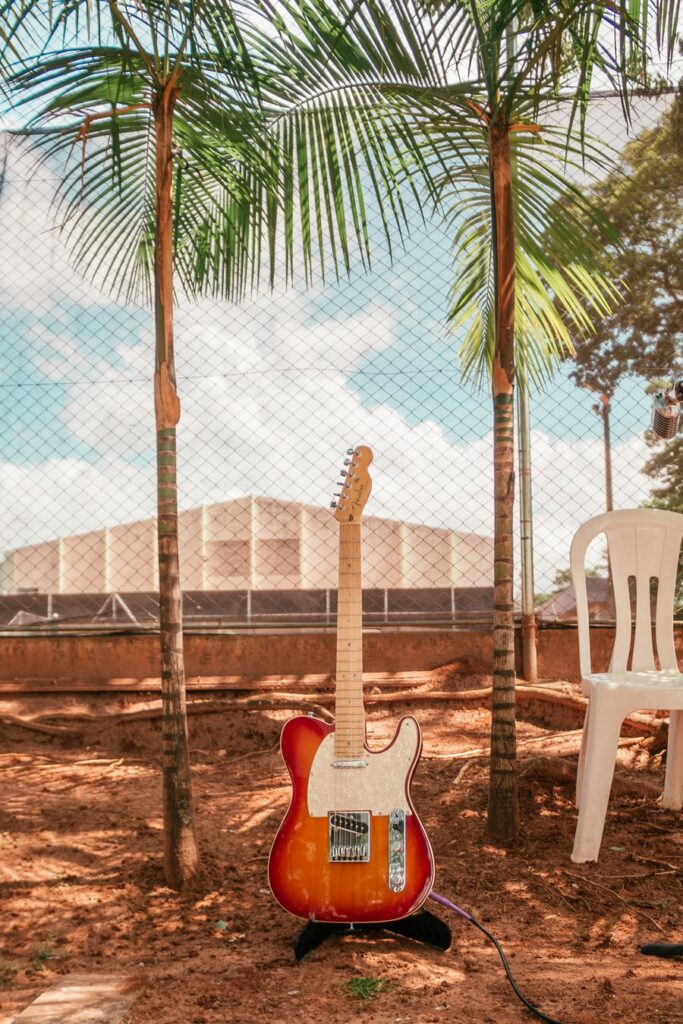When we think of the Blues the first places that come to mind are always the delta and Chicago. And although that’s not wrong, Blues music was played regionally in many parts of the country. One place with a rich Blues history is California, with the creation of West Coast Blues. This blues has a very unique sounds that isn’t present in other styles of Blues and it’s dances tend to be more footwork and stretchy. So, what is makes this style what it is, and why should you know about it?
The History

West coast blues didn’t really exist prior to WWII. The great migration was the catalyst for this music being brought to California. As Black people left the south in droves not all went to Chicago, many took the sunset route. There was a train that ran from New Orleans to California. It went to LA and during this time the population of LA became significantly more diverse since it was so easy to just take the train away from the south.
In particular Blacks from Texas moved there. With them they brought their particular style of Texas Blues. This Blues had a focus on laid back swing rhythms and used guitars as a vocal sound or extenstion, instead of rhythm to back vocals. In time this Blues took off and with the introduction of the electricity Guitar shifted to what we know today as West Coast Blues.
The Music

West Coast Blues is an genre of blues with a very distinct sound. Since it was developed later than some other styles of blues it pulls from some other ideas. One style it pulls from is called jump blues. Jump blues is the style between blues and swing that was popular in the 1940s. If you’ve danced lindy hop you have danced to this music. This genre helped push blues into R&B and Rock as it developed and changed.
West coast blues was also heavily influenced but the major cities it was found, The bay, LA, and Oakland. Areas that later became hot spots for many styles of Black music. Just as West Coast hip hop has a more relaxed and open feel to it, you can hear this in the blues of this area. This music was also gaining popularity around the time of the eclectic guitar and it can be heard through out the styles.
Possibly the most importantly the piano. Ragtime was a popular piano style around the time of West Coast Blues’s sound becoming defined. Rag time was mostly played in places there was a piano since, unlike the guitar, pianos don’t move easily. This style became popular at concerts, and parties. On the east coast this style fully developed into stride with time. On the west coast this styles seems to have melded more with blues, slowed and opened up. The piano sounds seems to have moved more towards what we think of today as “blues piano”* and stride.
One thing to keep in mind is the that genre labels are just made up post musical creation. Additionally just because we now say that stride was created on the east coast doesn’t mean that a group of people playing a similar music couldn’t develop a similar style in an isolated group across the country at the same time.
This all comes together for a stretchy, piano and guitar heavy, swinging surf esc blues style which is very unique to the west coast.
Examples
Playlist TBA
Texas Shuffle
As the blues dance community becomes more aware of the lesser known regional styles, texas shuffle comes up. it’s a style done to some west coast blues music. The dance reflects the music in it’s subverting some ideas found in other blues dance styles and focuses on the back and forth between dancers/instruments, a strechiness and plying with rhythms.
*I keep saying seems because the information is rather limited.
